A clever and enjoyable approach to make the most of the season’s heat while ensuring a consistent supply of fresh food for your family is to grow summer veggies in your own backyard garden.
I’ve compiled a list of sun-loving summer fruits and vegetables that you should start growing right away.
Summer Fruits and Vegetables to Plant This Season
Melons
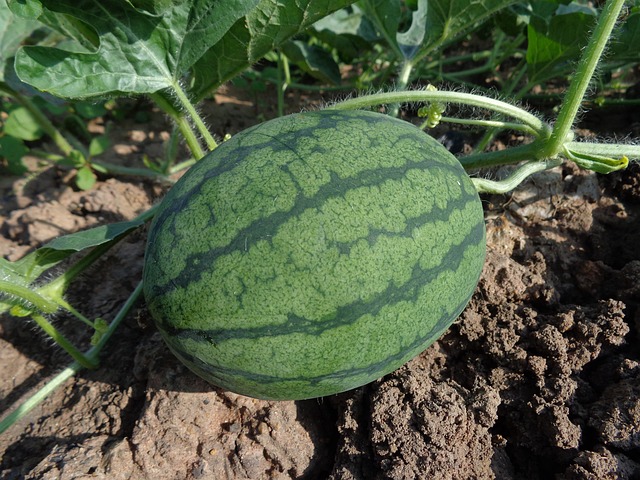
Melons often need a lot of space and some patience to ripen near the end of the summer, but they are worth the wait. Members of the Cucurbitaceae, or gourd family, include cantaloupe, watermelons, and other popular melon varieties. Most gourds are cultivated from large, flattened seeds. Rich soil and at least three months of warm weather are required for melons to develop fat and tasty. Gardeners with limited space should select bush types, such as the watermelon variety known as “Bush Sugar Baby,” or train melon plants up a stout trellis or other support. In order to avoid stems from breaking too soon, heavier ripening fruits will need additional bracing.
Growing Tip
Water often until the fruit shows, after which you should hold off on the watering.
Tomatoes

Tomatoes, like peppers, will tolerate any amount of sunlight as long as they receive proper and frequent watering.
Grow Advice
Once the fruit has grown, offer some sort of assistance.
Brambles
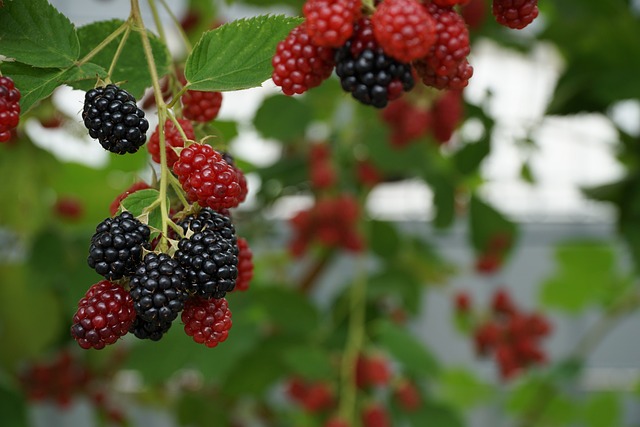
The most well-known brambles are raspberries and blackberries, but the genus Rubus also contains well-liked hybrids including loganberries, boysenberries, marionberries, and tayberries. Large, sweet berries are produced by summer-bearing brambles, which are among the easiest fruits to plant. These berries are carried on frequently spiky canes. Traditional raspberry and blackberry types are frequently trained on wires to facilitate easy picking and bear fruit on second-year stems. While some newer dwarf bramble species can produce equally stunning fruit when grown in big containers, several older bramble varieties demand significant growing space. The ripening fruit should be covered with netting since it attracts birds and other small animals whether the plants are grown in the ground or in containers. After the harvest, cut fruiting canes down to the ground.
Figs
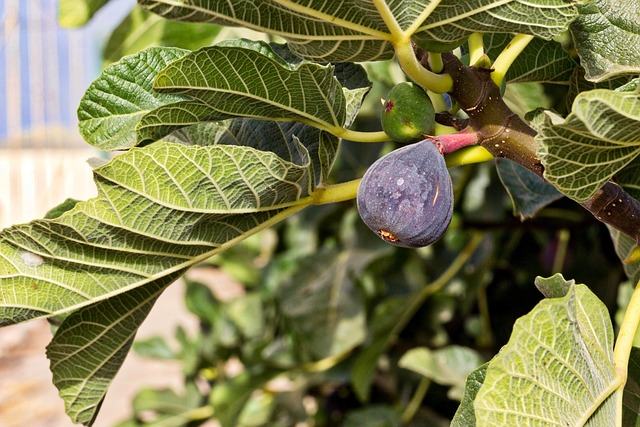
Figs are incredibly simple to cultivate, both in pots and outdoors, especially with the new, hardier cultivars that are now readily available. Figs are also naturally free of pests and require little upkeep in terms of pruning.
Grow Advice
To contain the roots and ultimately limit the tree’s size, keep the planter as small as possible. This is especially useful if you want to bring the plant inside for the winter.
Apples
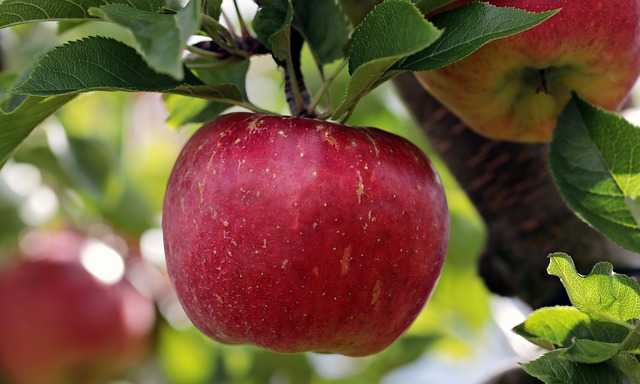
When it comes to easy summer fruit to cultivate, apples may not be your first choice. This is due to the fact that, depending on the variety, it may take between two and ten years after planting for your tree to start producing apples.
However, once planted, they are relatively simple to cultivate and maintain under the appropriate circumstances.
Apples require abundant sunlight as well as proper drainage. Ensure that your apple tree has access to full sunshine when deciding where to place it. Your tree needs area to spread out and grow upwards around it.
Between January and March is when they should be planted. A hole should only be excavated as deep as the roots of your apple tree since the dirt needs to be broken up to help with drainage.
Your apple tree will require weekly watering of around an inch of water over the course of its lifetime, possibly twice a week during the height of summer.
Your apple tree will begin bearing fruit once it has become established. The fruit can be gathered from late summer to early autumn, depending on the type of apple trees you have.
Kiwi
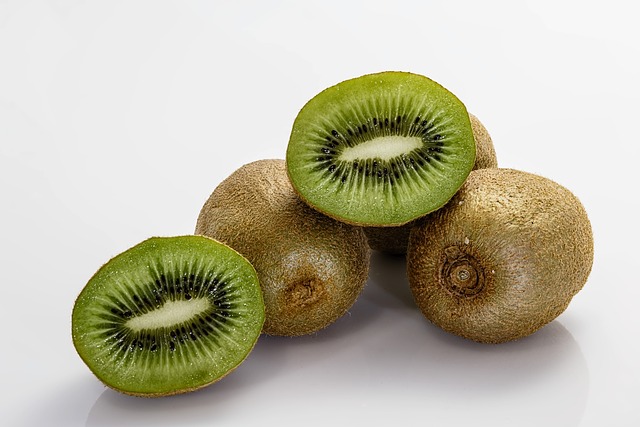
One of the fruits that is highest in nutrients is the kiwi. These minerals include magnesium, iron, and the vitamins A, C, and B6.
Kiwi consumption supports both the preservation of the body’s alkaline balance and hemoglobin levels. Kiwis can help with irritable bowel syndrome and sleep-related issues. They are fantastic for the liver, skin, and hair. Additionally, kiwi is strongly advised for those with low blood counts.
These are some of the healthiest fruits to eat in the summer. These fruits can be consumed straight up or added to drinks or smoothies. In order to benefit from each fruit, you can also combine them all into a fruit salad.
Fruits are a fantastic mid-meal food option and help you lose weight. When you’re hungry, grab a few pieces of one of these fruits rather than opting for calorie-dense fried or sugary treats. This will lessen your appetite without causing you to gain weight. The vitamins, minerals, and antioxidants in the fruits will also do wonders for your skin, hair, and body.
Honeyberries
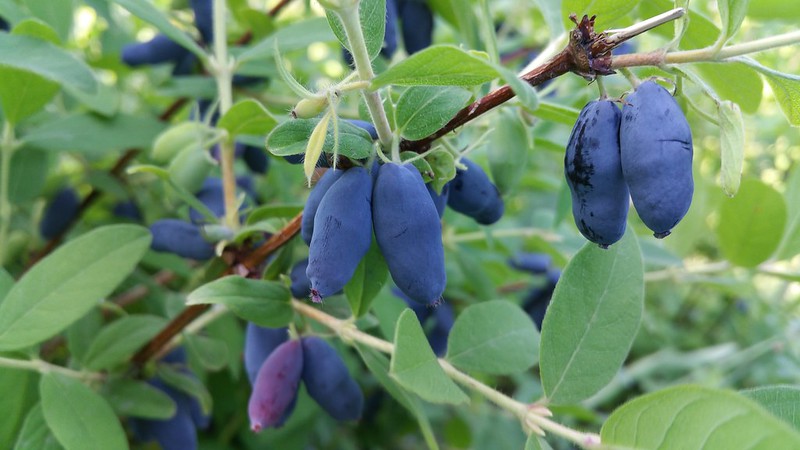
A unique fruit with a lot of nutrition and sweetness is the honeyberry. They require little care and are strong, robust plants that are simple to grow. Grow honeyberries in pairs to improve the likelihood of pollination for the highest harvests. Straight from the bush, the berries that resemble blueberries are a delectable delicacy.
Try one of these simple honeyberry cultivars for tasty berries: Lonicera kamtschatica ‘Kalinka’. This variety of edible ornamental can be cultivated in flowerbeds and borders, where the fragrant spring blooms provide charm. With a height and spread of 1 m, Lonicera kamtschatica ‘Balalaika’ makes a wonderful choice for containers.
Litchi
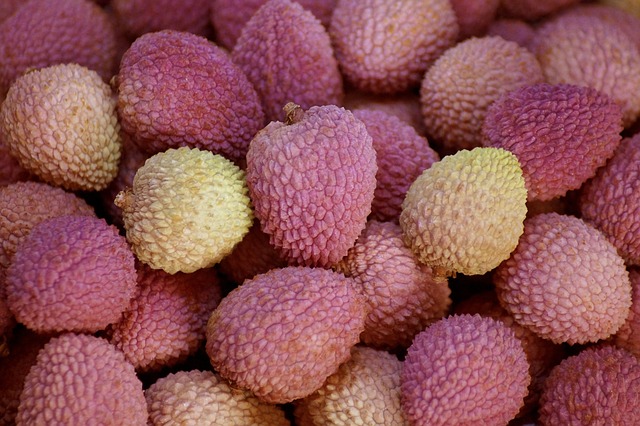
Because of how sweet and juicy they are, liches are popular. Mango and litchi are two fruits that are only available in the summer. During the summer, try to use both fruits to their fullest potential. Potassium, flavonoids, and vitamins are all abundant in litchis. They support normal salt and blood pressure levels. Litchis, which are high in antioxidants, also improve immunity, fend off cancer, and lessen inflammation.
Raspberries
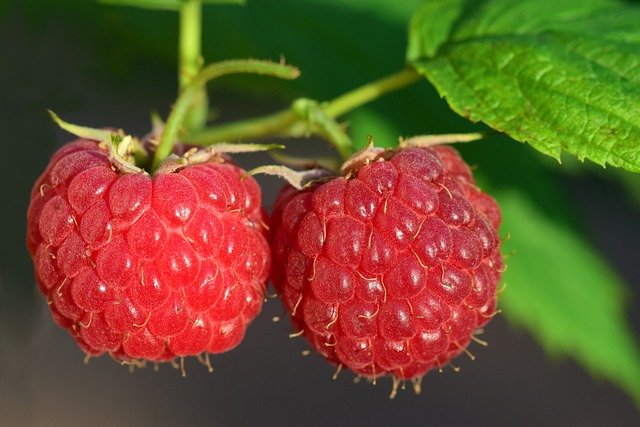
As long as the soil has sufficient drainage and they receive enough sunlight, raspberry plants can thrive in raised beds, pots, or the ground. Select a variety that bears fruit in the summer or the fall or grow both for a very lengthy harvest period. Just be careful to prune your canes annually at the appropriate time; for more information, see our article on “How to Prune Raspberries.”
Try these simple raspberry varieties: The autumn-fruiting raspberry variety “Polka,” a true consumer favorite, produces a luscious crop from July through October. The thornless raspberry variety “Glen Coe” offers a distinctive purple crop of exceptionally sweet fruit as a summer fruiting choice. And if you want something for pots, try the 45cm-tall dwarf raspberry variety dubbed “Yummy.”
Peaches
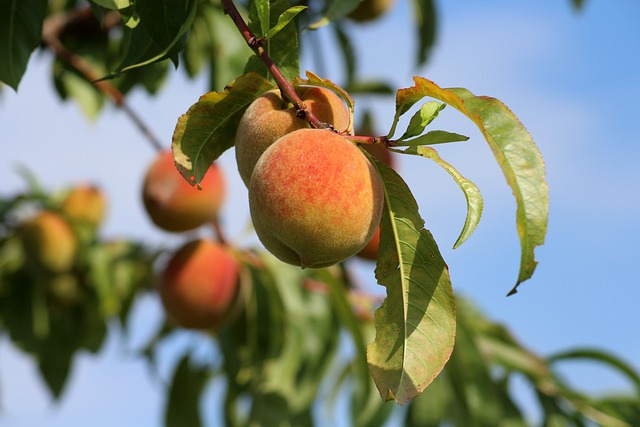
Even more of an incentive to plant peaches this season is the wonderful aroma of ripening fruit. Not to mention that they are diminutive trees that may be placed in most backyards.
Growth Advice
Pruning will keep the trees’ heights moderate.
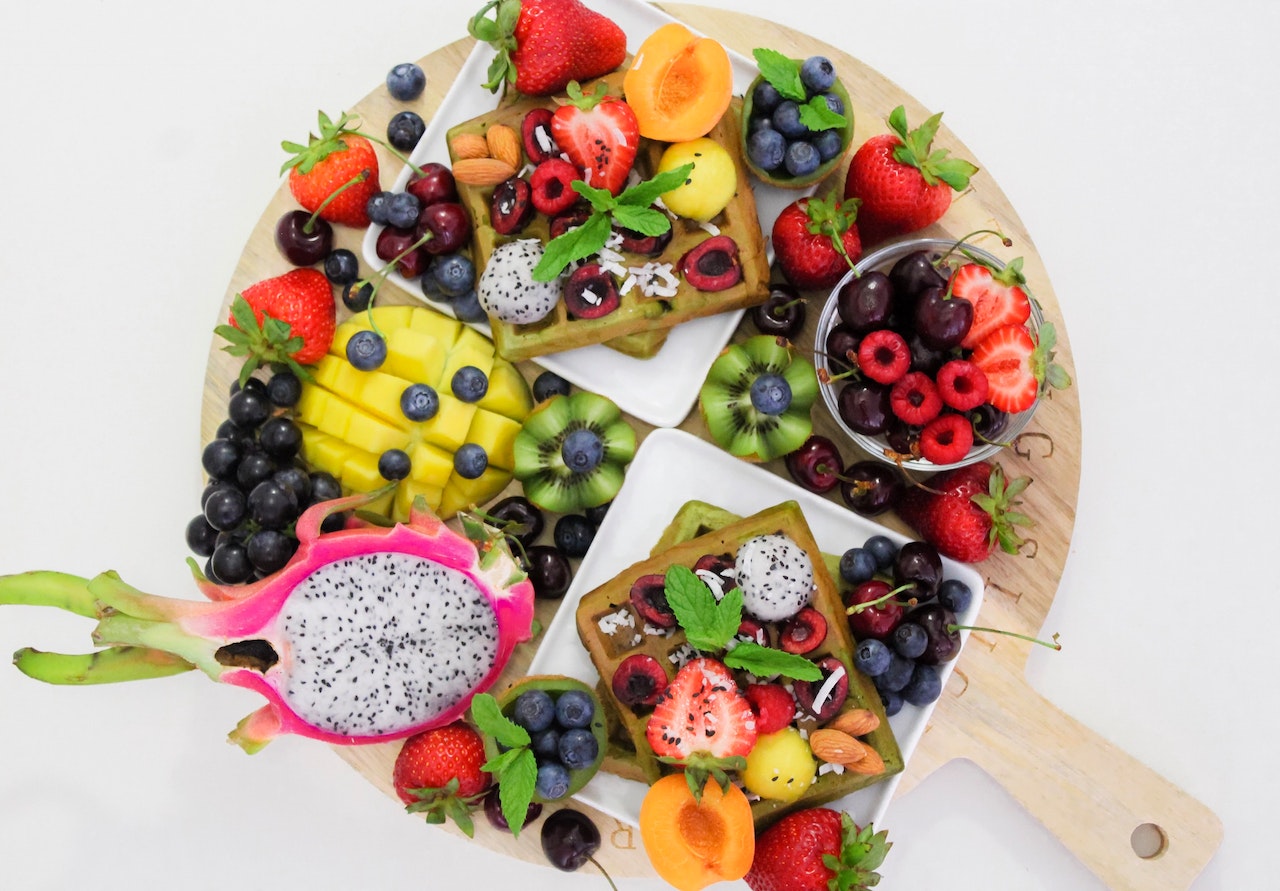
Leave a Reply